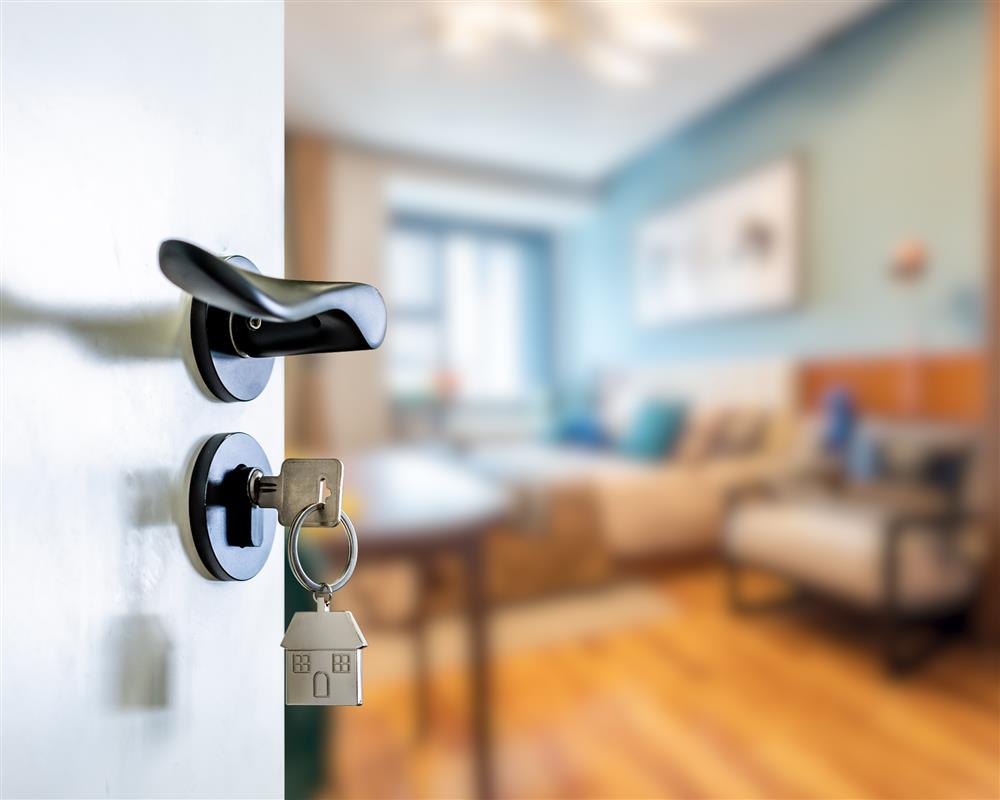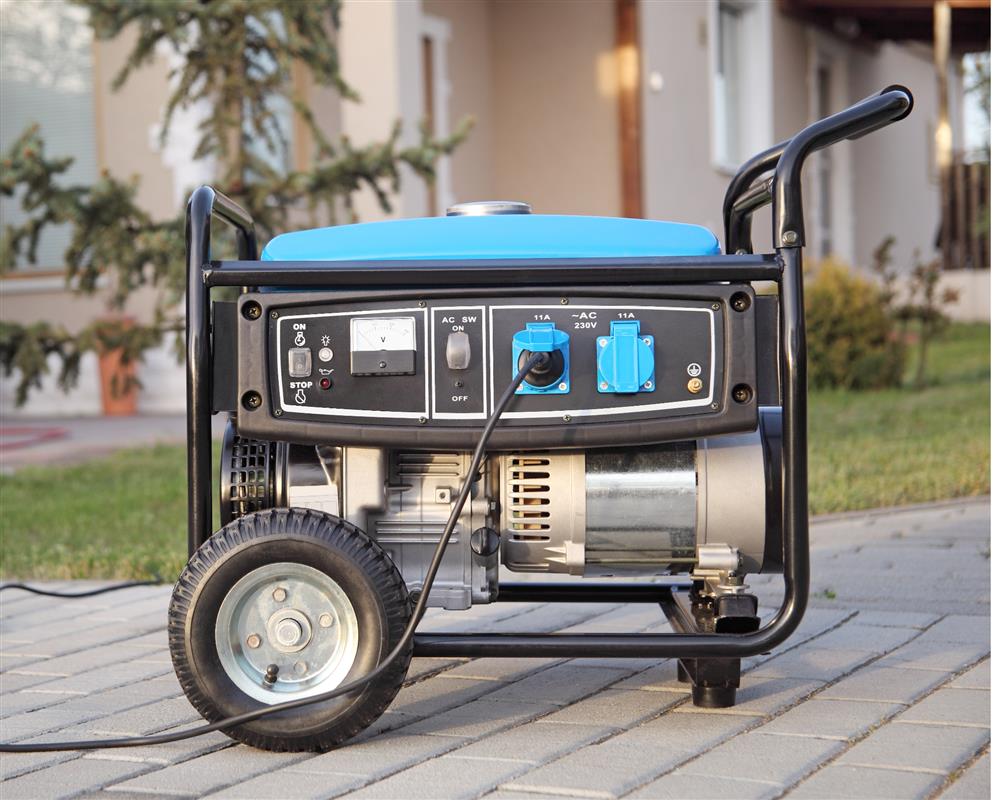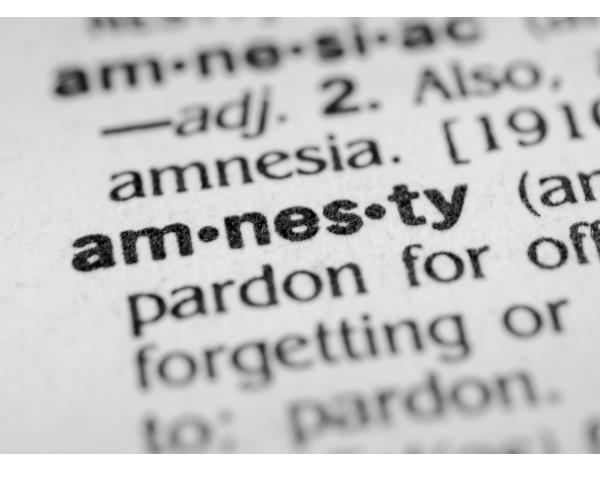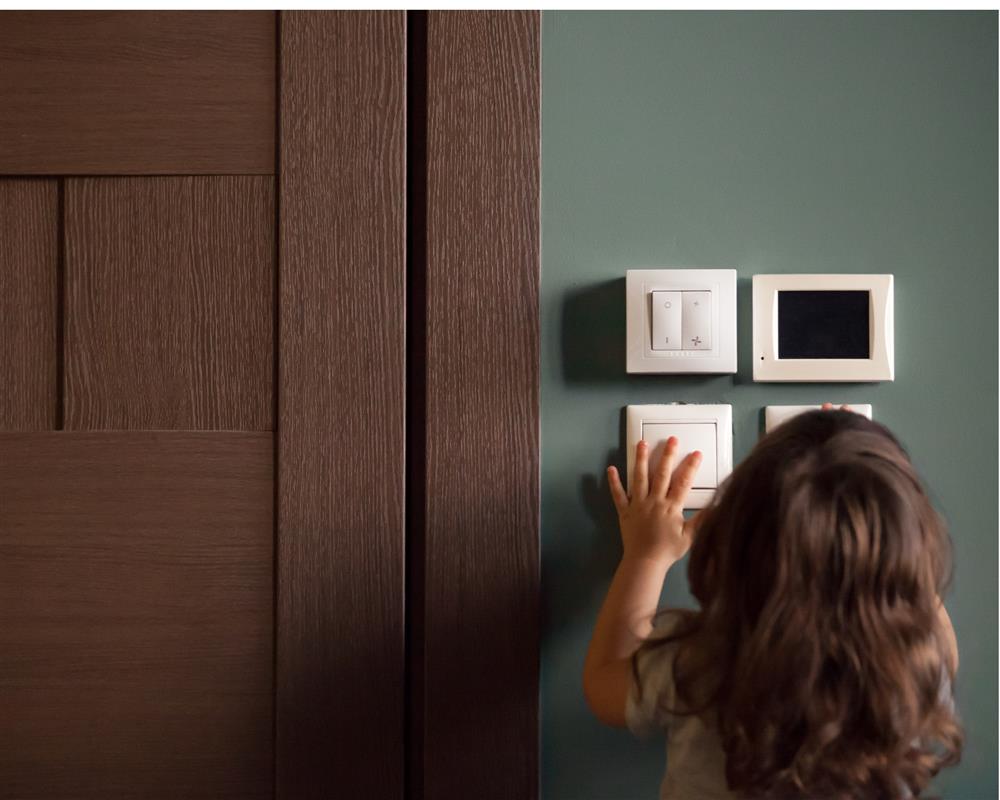
In February of 2021, the North Gauteng High Court ruled in favour of Eskom recovering approximately R10 billion from tariff consumers in the 2021/22 financial year, following the state power utility’s application to recover R23 billion after an ongoing court dispute with the National Energy Regulator of South Africa (NERSA). The average tariff increase, as approved by NERSA, has seen the average electricity tariff for direct Eskom customers increase by 15.06% as of the 1st of April 2021, and by 17,80% for municipalities from the 1st of July 2021. According to Eskom, the average tariff increase will improve the power utility’s financial sustainability and enable it to address revenue shortfalls, simultaneously placing less burden on the government to financially support it.
The court order stated that “an amount of 5.44c/kWh [would] be added to the average standard tariff for Eskom customers in the 2021/22 tariff year making the aggregate standard tariff for Eskom customers in the 2021/22 tariff year 134.30c/kWh”.
The price hike has had a significant impact on South African consumers, many of whom continue to experience financial constraint after a particularly challenging year. Moreover, the ongoing restrictions and lockdowns forced many consumers to work permanently from home, which has subsequently led to a marked increase in their electricity consumption.
Experts believe that the rising cost of electricity, coupled with frequent loadshedding, will drive up municipal tariffs that form a significant portion of living expenses. This means that consumers who already find themselves in a financially vulnerable position will need to implement severe cost-saving strategies to maintain their standard of living.
Electricity consumption in general has climbed sharply over the last decade as the use of electrical appliances and gadgets in the household has increased (note, the rise in popularity of home automation), but more so in the last year, with many families confined to work and learn from home for extended periods. Households consume substantial amounts of energy resources and generate considerable waste. Any effort to reduce this consumption and output will substantially reduce living costs as well as the household’s collective environmental footprint. Wherever possible, consumers should reduce monthly costs by implementing energy-saving solutions in the home and workplace. In order to lower overall energy consumption, it is imperative that consumers adopt an energy-conscious lifestyle. E&Y recommends the following energy-saving strategies:
Choose Energy-Efficient Appliances
Consider the energy efficiency of all household appliances before making a new purchase or powering them up for extended periods. The lower the appliances’ power rating the lower the electricity consumption. High-wattage appliances (washing machines, dishwashers, tumble dryers, ovens etc.) use substantially more power than lower-wattage appliances. The power rating of any appliance is the amount of power it uses, measured in Watts (W). For example, many of the kettles for sale now boast a power rating of around 2000W (2kW). However, purchasing larger and more powerful appliances than is actually necessary does little for reducing electricity consumption or the monthly usage bill. With the cost of electricity and general electricity consumption skyrocketing, and an intentional move towards sustainable, energy-efficient living, manufacturers are progressively producing more eco-friendly, energy-efficient household appliances. Simply choosing appliances with energy-saving features (for example, a dishwasher with a short wash cycle) is central to conserving energy and saving money.
The rate charged by municipalities or directly from Eskom for a unit of electricity differs depending on the tariff system implemented by a specific municipality or the area/province the household is located. A unit of energy is the amount of energy needed to run a 1kW appliance for one hour and is measured in kiloWatt hours (kWh). One unit of electricity will last far longer, and essentially cost less, if the appliance in use has a lower power rating than one that has a higher power rating. For example, an LED bulb uses 4 watts to produce the same light output as a traditional incandescent bulb, which uses roughly 100 watts. The traditional bulb consumes 17 units of electricity in a week, whereas the LED energy-saving bulb will use only 0.6 units.
Reduce Electricity Wherever Possible
Appliances and devices that are connected to a power outlet and switched on consume energy, even those in standby mode. It goes without saying then that the longer the device is on, the more energy it will consume. A simple energy- and cost-saving strategy is to use appliances, (particularly high-wattage appliances) less. This means that small changes to household energy usage, such as switching off unnecessary lights, unplugging a laptop that is fully-charged or switching off the TV at the power outlet when it is not in use, will make a significant difference in reducing electricity usage. Appliances the generate heat are among some of the most power-hungry in the household (the kettle, tumble dryer, oven and heaters), and these should be used sparingly or alternatives should be sought. Consumers should be mindful of how they consume electricity and the measures they implement to conserve it. A few examples are:
- Hang washing out to dry in the sunlight as opposed to using the tumble dryer
- Fill the kettle with only as much water as is necessary and not all the way to the top
- Select the shortest possible washing programme and only run the washing machine for a full load of washing
- Defrost fridges regularly to improve operating efficiency and decrease running costs. The door should not be left open for long periods unnecessarily.
- Defrost food overnight in the fridge as opposed to in the microwave
- Dress warmly rather than switch heaters on for hours at a time
Households looking to reduce living costs and the financial impact of rising electricity tariffs would do well to make a notable effort to reduce electricity consumption in as many ways as possible.
















































![What is POPIA? [Part 1]](https://s3.entegral.net/news/Thumbnail_2021_10_18_11_53_39_403.jpeg)






























































































































































